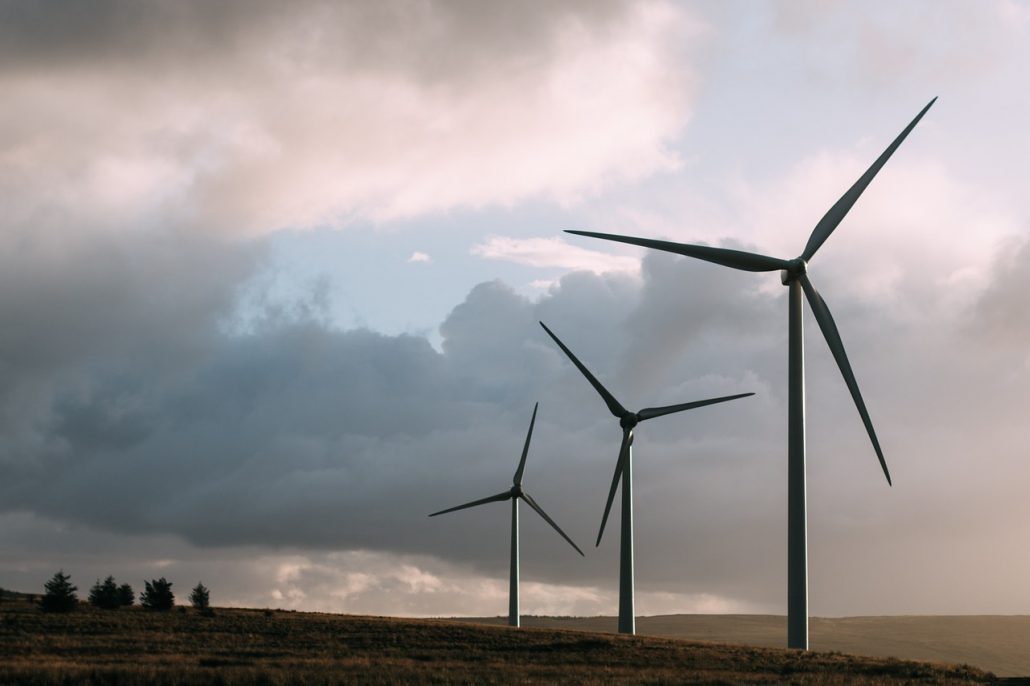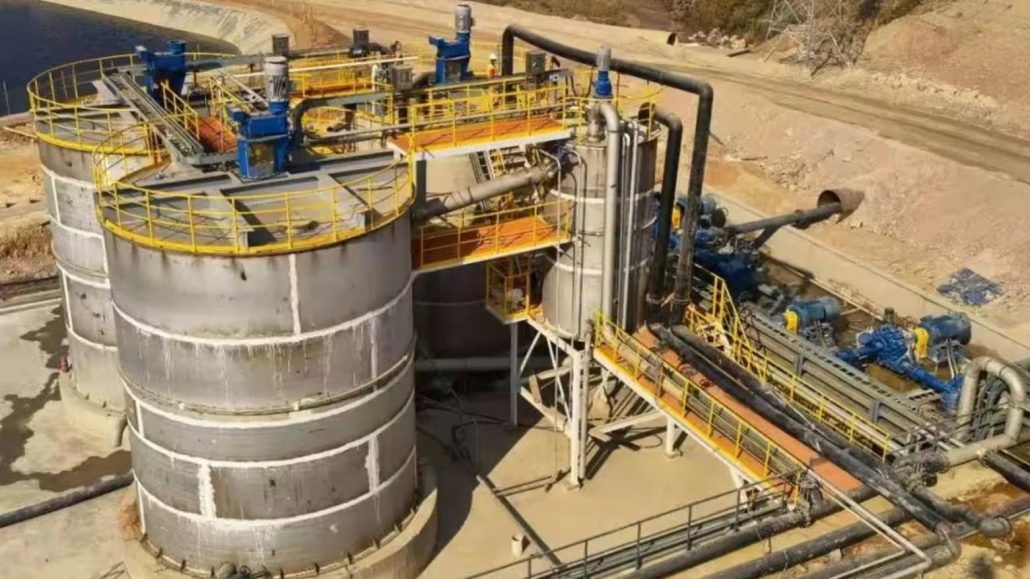
IRENA Warns of Renewable Energy Deployment Shortfall
The International Renewable Energy Agency (IRENA) has warned in its recent assessment that while the deployment of renewable energy is accelerating at an “unprecedented pace,” it still falls short of the global capacity tripling commitment made at last year’s UN climate summit.
Despite renewable energy producers installing 473 gigawatts (GW) of new capacity last year, which accounted for 85% of the new power entering the global system, the progress is not enough, according to Canary Media.
Annual Growth Rate Needs to Accelerate
IRENA reports that renewable energy capacity increased by 14% last year, achieving an annual compound growth rate of 10% between 2017 and 2023. However, to triple the global renewable energy capacity by 2030, an annual growth rate of 16.4% is required.
“Renewable energy is increasingly outperforming fossil fuels, but now is not the time to be complacent,” said Francesco La Camera, Director-General of IRENA. “Renewables need to grow at a higher speed and scale unless countries fail to triple their renewable energy targets, putting the climate goals of the 2015 Paris Agreement at risk.”
The commitment to triple global renewable energy capacity and double the annual rate of energy efficiency improvements by 2030 was one of the key outcomes of the COP28 climate summit held in Dubai last year. However, according to IRENA’s analysis, even if renewables continue to be deployed at the current rate over the next seven years, the world will fall 13.5% short of the 11.2 terawatts target, Climate Home News reported.
“Today’s report is a wake-up call for the world: while we are making progress, we are off track to meet global goals,” said Sultan Al Jaber, COP28 President and CEO of an oil company. “We need to increase the speed and scale of development.”
Decarbonization Divide
La Camera also noted the persistent pattern of “geographic concentration” that threatens to “exacerbate decarbonization and pose significant barriers to achieving the tripling goal.” The data shows that while Asia leads the world in renewable energy development and North and South America have made “impressive leaps,” Africa’s annual growth rate is only 3.5% due to a continuous and severe lack of climate finance.
Bruce Douglas, CEO of the Global Renewables Alliance, echoed concerns about the imbalance in regional deployment. “We should not be celebrating just yet,” he said.








Leave a Reply
You must be logged in to post a comment.